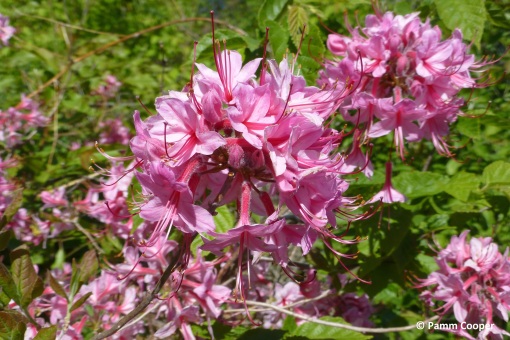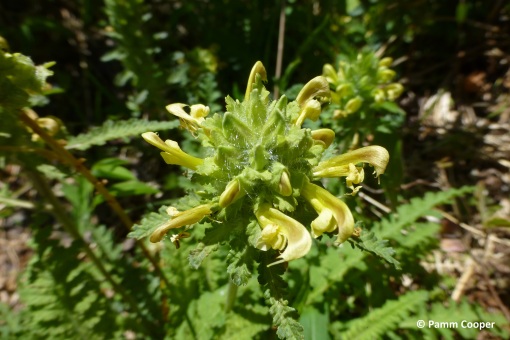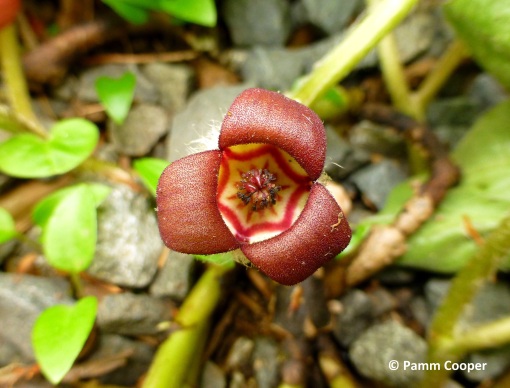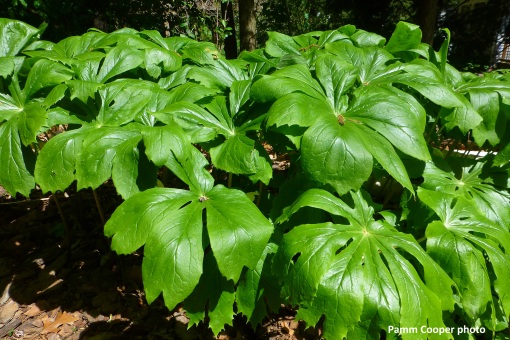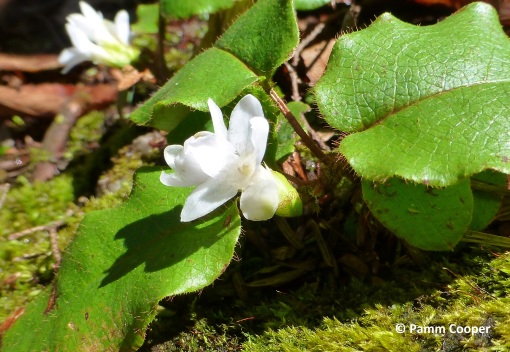“Do you know why wildflowers are the most beautiful blossoms of all, my son?”
―
Why are wildflowers the most beautiful of flowers? Perhaps it is because they are untamed by mankind and often appear when one is not even looking for them. In spring, one of the pleasures of getting out on nature trails or trekking through the woods is coming across some of Connecticut’s spring blooming wildflowers. These colorful and interesting signs that warmer weather has arrived are a welcome distraction to the events around us. Whether found on purpose or by a happy coincidence, these wildflowers are interesting in their own ways.
Canada lousewort Pedicularis canadensis, also called wood betony, is a native plant in the broomrape family that is found in open woods, clearings and thickets. It has small, 2-lipped yellow flowers in a tight spike. Flowers open from the bottom and progress upward. Plants can range from as low as 5 inches in height to 14 inches. Leaves are fernlike and form a basal rosette. It is a hemiparasite that attaches to the roots of other plants while still producing chlorophyll of its own. Look for these wildflowers as early as April- June. Bees will pollinate wood betony.
Asarum canadense, wild ginger, is native to eastern North America and can create a slow-growing groundcover in shady deciduous forests and can be found in the rich soils of shady deciduous forests. Flowers are seldom seen unless one knows where to look. Lifting the leaves reveals the bell-shaped flowers at the base of the plant close to the ground. Flowers have three triangular reddish- brown petals that fold back to reveal with an attractive red and white pattern that reminds me of looking into a kaleidoscope.
Limber Honeysuckle Lonicera dioica is a native honeysuckle vine that blooms from May-June. Found in bogs or other wet areas, this plant has leaves that clasp the stem much like native boneset. The flowers of this honeysuckle are very attractive to bumblebees.
May apple, Podophyllum peltatun, is an interesting native plant that will have two leaves when a flower is produced, but only one leaf if no flower is produced. The large palmately lobed leaves are on the ends of long upright stems and resemble umbrellas. Flowers occur one to a plant, never more, are white with prominent yellow stamens, and are hidden under the leaves at the junction of the two leaf stems.
Violets seem to be everywhere- in lawns waste areas, woodland edges and trails. Over twenty species of violets are found in Connecticut, among them the bird’s foot violet, Viola pedata, distinguished by its finely cut leaf lobes that resemble the foot of a bird. The petals are flat, with the upper two slightly folded back, and together with the prominent orange stamens it looks to me like it is sticking out its tongue at the observer.
Trailing Arbutus is a low-growing shrub, usually under three inches tall. As the name implies, it forms a creeping mat, with trailing stems. A good feature for identification of this plant are the stems- six to 16 inches long and covered with bristly, rusty hairs. Leaf edges are toothless, but may also have the same stiff, brown hairs, as do the sepals. The tubular pink to white flowers will appear from April through May here in Connecticut.
Trillium begin blooming in late April or very early May, with different species flowering as late as early June. The flower of nodding trillium, Trillium cernuum, may be overlooked as it dangles directly below its rather large leaves and is found in damper, shadier woodland areas than the more common purple trillium.
Flowers of nodding trillium Trillium cernuum are hidden underneath broad leaves
There are so many wildflowers appearing in spring now that it is impossible to include them all in an online journal which is of little importance except to the writer. We all have our favorites, though, and the one I look forward to finding the most is the diminutive fringed polygala. A pink cross between a tiny airplane and Mickey Mouse, it one of nature’s adorable, delightful jewels.
Pamm Cooper

